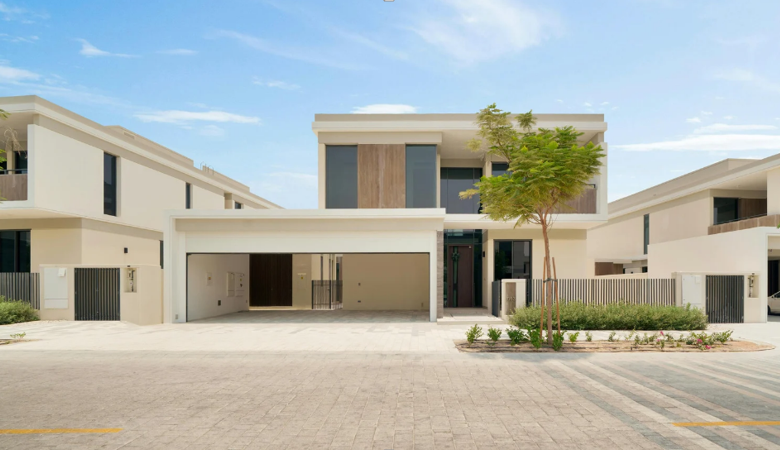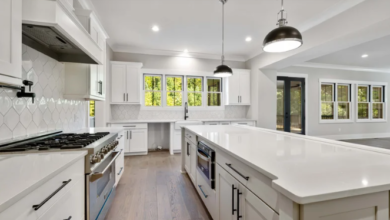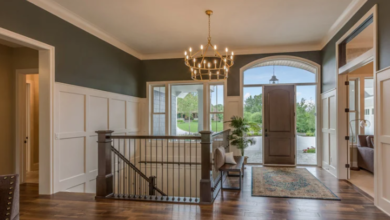Maximizing Space with Smart Layouts in Custom Homes

In custom home construction, maximizing usable space isn’t just a trend; it’s a fundamental design philosophy. Intelligent layouts help homeowners get more value out of every square foot while enhancing flow, functionality, and livability.
Clients working with custom home builders in Winnetka are increasingly focused on purposeful planning. Rather than simply building bigger homes, they’re demanding smarter designs that make each area serve a distinct purpose, without wasted space or awkward transitions.
The Power of Functional Layouts
Smart layouts start with understanding how people actually live. Open floor plans continue to dominate, but they’ve evolved, now incorporating subtle zoning for privacy, multitasking, and flexibility. Sliding partitions, pocket doors, and transitional spaces help define function without cutting off natural light or movement.
Designers also factor in future use. A guest room might be planned with built-in cabinetry for conversion to a home office. Mudrooms double as storage hubs. Hallways are minimized or repurposed as gallery walls or reading nooks. Space efficiency is no longer optional; it’s expected.
Multi-Use Spaces and Vertical Design
Incorporating multifunctional zones is key to space maximization. For example, a kitchen island can serve as a prep area, informal dining, and work-from-home space, all in one. Likewise, loft areas, under-stair storage, and built-in furniture eliminate clutter while enhancing utility.
Custom builds also take full advantage of vertical space. High ceilings with built-in shelving, floor-to-ceiling storage, and hanging systems in utility rooms all contribute to expanded usable area, without increasing the home’s footprint.
Planning with Insight
Efficient layouts don’t happen by accident; they’re the product of detailed discussions and planning. Understanding the things to consider before building a custom luxury home is crucial in the early phases. This includes identifying your lifestyle patterns, daily routines, and storage needs so that every square foot is tailored to your exact requirements.
A well-aligned builder will translate these needs into intelligent space usage, prioritizing flow, sightlines, and natural light placement while minimizing dead zones and excess square footage.
See also: Why New Home Construction Requires Careful Navigation of the Permitting Process
Design Questions Matter
One often-overlooked step in building a well-designed custom home is knowing what to ask. There are strategic questions to ask your custom home builder that can significantly influence layout outcomes. These include inquiries about room orientation, wall placements, ceiling heights, and integration of smart home systems, all of which impact spatial efficiency and livability.
When these questions are asked early, it empowers the design team to deliver a layout that is both functional and future-proof, ensuring no part of the home feels like an afterthought.
Conclusion
A smart layout is the cornerstone of a well-designed custom home. It allows for personalization, adaptability, and long-term satisfaction, without unnecessary size or cost. By focusing on intentional room flow, multi-purpose areas, and effective use of vertical and transitional spaces, homeowners can create environments that feel expansive and efficient, no matter the square footage.
With the right planning, expert input, and a forward-thinking approach, maximizing space becomes a strategic advantage, not just a design preference. In custom homebuilding, smart layouts don’t just optimize your floor plan; they elevate your entire living experience.






